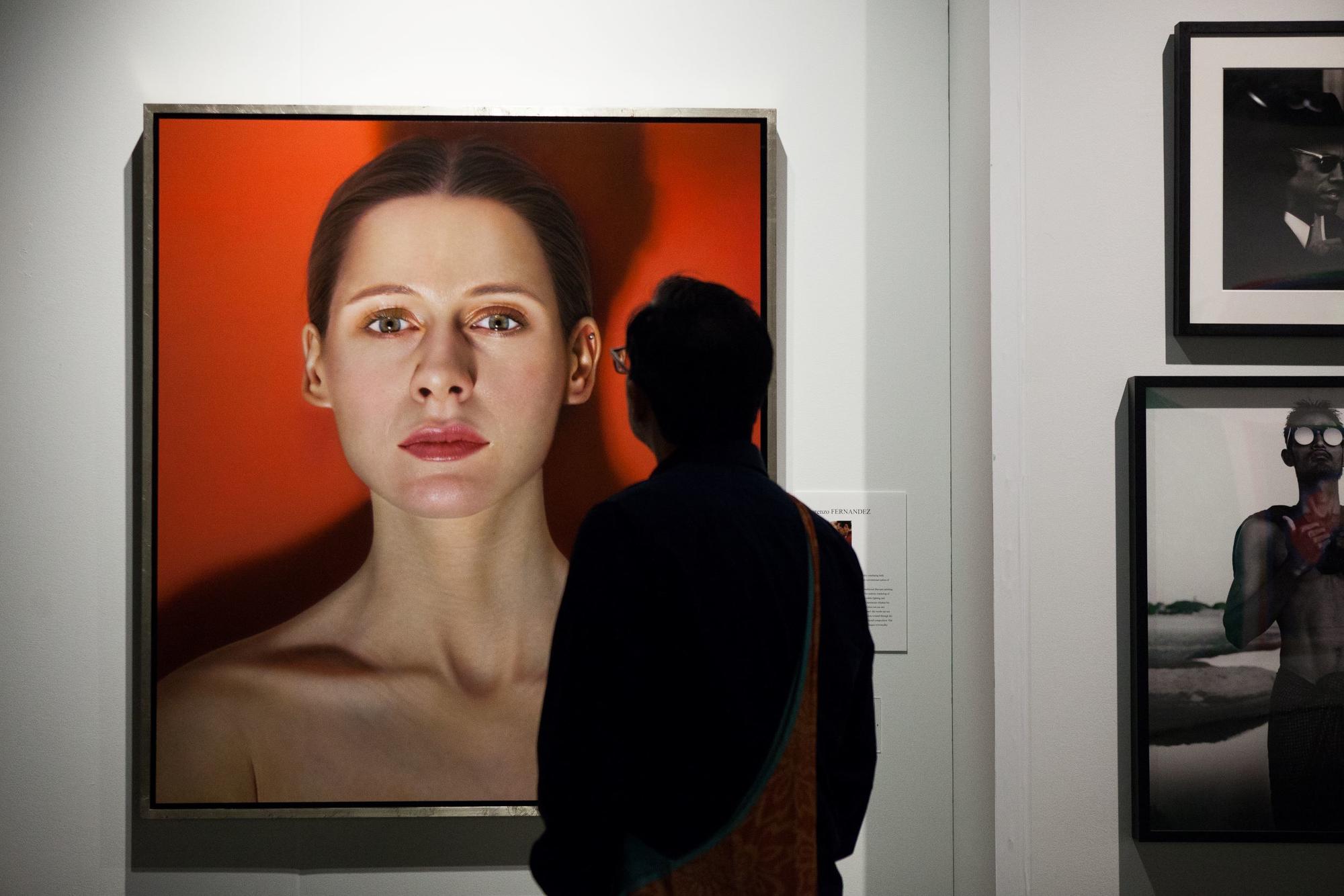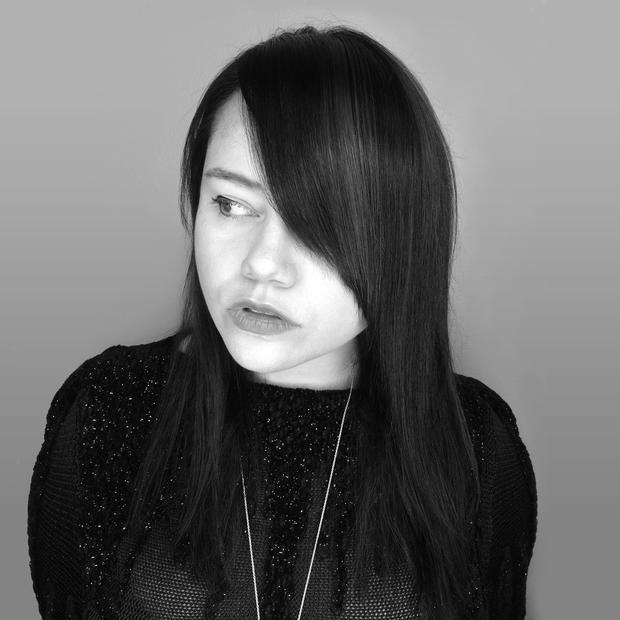Born in 1884 to parents who helped found the Seattle chapter of the NAACP, Dusanne began her career as a cosmetologist — a trade she would use throughout her life to support her various art world endeavors. From 1928 to 1942, she lived in New York City, where she met several artists and began collecting and exhibiting their work. But she ultimately found the New York art world too money-obsessed, so she moved back and built a dream home overlooking Lake Washington, where in 1947 she opened Seattle’s very first modern art gallery.
“Many in Seattle do not realize what a great debt Northwest art owes to Mrs. Dusanne,” wrote the journalist Louis Guzzo, quoted in Jo Ann Ridley’s 2011 biography of the gallerist. In addition to introducing Seattle audiences to artists like Piet Mondrian and Stuart Davis, Dusanne tirelessly championed the work of talented locals. In 1957 she persuaded Life Magazine to publish a feature on the Northwest Mystics and hosted a sold-out exhibition for Paul Horiuchi. A Seattle Art Museum solo show and large commission for the World’s Fair — still visible at the Mural Amphitheater in Seattle Center — followed. In December of that year, she gave a young Yayoi Kusama her first ever show in the United States.
This golden age came to an abrupt end in 1960. Dusanne’s custom-built home was given a right-of-way condemnation to build the Tacoma-Seattle-Everett Freeway, forcing the 76-year-old matron of the arts to relocate her gallery. “I’m a great fan of progress,” she told Time magazine, “but what a pity progress has to cost so much.” Two years later, Dusanne expressed similar sentiments to friends about the World’s Fair. Very little if any of the newfound enthusiasm suddenly being directed at modern art had bothered to make its way to her new gallery on Capitol Hill. What was good for local industrialists, it turned out, wasn’t necessarily good for the art dealer who had put Seattle art on the map.
Left: Zoë Dusanne in a black dress and patterned jacket, circa 1950s. Right: Paul Horiuchi, George Tsutakawa, Zoë Dusanne, John Matsudaira and Kenjuro Nomura at the home of Dusanne, in Seattle near Lake Washington, March 2, 1952. (Photos courtesy of University of Washington Libraries, Special Collections, 9583, 6421)
Dusanne’s Seattle was a city of intense corporatization and rapid growth, a protracted economic boom in a city whose identity has become synonymous with boom-and-bust cycles. The 1962 World’s Fair signaled the city’s aspiration to become a high-tech city of the future. As modern art became emblematic of that aspiration, the memory of Zoë Dusanne’s foundational dedication to those same artists gradually began to fade from public memory.
Today’s Seattle feels closer than ever to the high-tech metropolis envisioned during the World’s Fair, and contemporary art once again is playing a highly visible, highly corporate role in that civic identity. Founded in 2015 by tech billionaire Paul Allen, who died last year, the Seattle Art Fair is a dizzying spectacle that annually draws tens of thousands of visitors to Centurylink Field, one of Allen’s real estate holdings. In its shadow, more and more local galleries are closing, downsizing or simply moving away, prompting some in the art community to question the tradeoffs involved.
“If I’m honest, I wonder what the long-term impact of fairs will be on our ecosystem,” gallerist Sharon Arnold told Artnet News in 2018, “especially on the smaller end of that ecosystem, which is far more fragile, but also precious, as most of us serve our communities as incubator spaces for artists that ultimately get picked up by larger galleries.”
This sentiment proved prescient. Earlier this year, Arnold’s gallery, Bridge Productions, closed up shop. It came within months of the closure of both of the galleries it had shared a building with in Georgetown since 2015 — artist-run gallery The Alice and digital media space Interstitial. In the three years they shared a building, these three queer, POC and womxn-run galleries earned a reputation for critical rigor that drew important connections between the Pacific Northwest and the broader contemporary art world. On one level, their closures represented an organic transition: Many of The Alice members moved on to other curatorial positions, and Interstitial’s Julia Greenway left Seattle for London. But for Arnold, a fundamental lack of a financial support system for galleries and artists at the grassroots level was a contributing factor.
“When I closed, I didn’t want to talk about the money side of things,” Arnold tells me. “I didn’t want Bridge Productions to get folded up into this narrative of closure, but I think I’m ready to admit — of course, I was burned out. I didn’t have money. I never had a funder, an investor — none of the things that make gallery spaces sustainable are things that any of us had with any regularity. We were all taking the money we earned from our 5,000 freelance jobs and pouring it into our gallery spaces.”
This admission reveals the sometimes jarring disconnection between external markers of success and financial sustainability: In 2017, Bridge Productions had an excellent showing at the Seattle Art Fair, selling out an entire booth of paintings by Emily Gerhard. But ultimately, even this level of success did not make the art fair profitable for the gallery, due to booth prices that averaged in the tens of thousands of dollars.
“[Art fairs] are crushing at cost for dealers unless you’re very wealthy or a very successful gallery, and you pay all that money upfront not knowing that you’re going to get it back,” says James Harris, whose Pioneer Square gallery currently houses a group exhibition celebrating its 20th year of business. He tells me how different things used to be before the 2008 financial crisis wiped out the retirement savings of many of his strongest collectors — people who aren’t massively wealthy, but will spend money if they have it on art. “Up until the financial crisis, I probably always made money on art fairs,” he says. “After that time, I’ve probably lost money on every single [one].”
Harris has adapted by shifting his focus to artworks with a higher price point. Meanwhile, after 28 years in business, Gail Gibson, of G. Gibson Gallery in Uptown, is experimenting with a move to a more online-focused model because that’s where she sees the majority of her sales. Even so, she hopes to continue organizing the occasional physical exhibition because, like Harris, she believes that “work has to be seen.”
For galleries that have sought to establish themselves since the financial crisis, revenue streams like these have remained largely out of reach. There are exceptions, like Mariane Ibrahim, a gallerist whose award-winning, high-concept exhibitions quickly earned her an international following. But Seattle was never what sustained her business, and so last spring she moved the gallery she founded here to Chicago.
For both Bridge Productions and The Alice, however, cultivating strong relationships with a community of local and regional artists was always part of the point. “When I was [a member of] The Alice, I remember myself or my fellow curators being probably the first to present certain artists here in Seattle with a solo or small show, and then seeing them get a solo show at a larger institution,” says S Surface, program lead at ARTS at King Street Station.
“On the one hand, this is exactly why we do it. But the larger institution could also credit the less-resourced curator and gallery,” they tell me. “It would be more accurate to include all that data.”
Before the renowned Seattle painter and collagist Paul Horiuchi was given a solo show at Seattle Art Museum, Zoë Dusanne exhibited his work in a gallery she personally sustained by doing electrolysis — a day job she performed under a different name in order to keep gallery and salon business separate. (Surface calls this phenomenon the “shadow résumé” — the side gigs that subsidize the public ventures of many culture workers, but are typically omitted from biographies because of their lack of prestige.) To acknowledge this behind-the-scenes history is to reveal how much unglamorous, uncompensated labor often goes into the discovery, presentation and promotion of new artists.
Incubator spaces are to a regional art scene what tributaries are to a river. The quality and variety of incubators that are given the opportunity to survive has a direct result on what kinds of art gets seen by a community — and, consequently, picked up by its larger institutions. These are the places where the most creative risks are taken, and they are also the most vulnerable to economic pressures. This is because they always have been labors of love.

“It’s a problem when you have a building full of really rigorous academic queer/POC womxn in Georgetown all have to close their spaces because they don’t have access to capital,” Arnold says flatly. “All it does is redeliver exhibition space into the hands of white men with access to resources, money and space. It’s a collapse of criticality. The ecosystem is becoming more narrow.”
It is here where the Seattle Art Fair’s promise of “a showcase for the vibrant arts community of the Pacific Northwest” rings hollow for some who helped build that community. “The fair has regularly asked me to do uncompensated labor,” one local curator tells me. Several people have told me stories of similar experiences; all are hesitant to burn bridges or get branded as complainers.
This is not to say that the Seattle Art Fair offers no public benefit. The ability to experience thousands of artworks presented by dozens of world-class galleries without traveling is a luxury that many local artists, curators and gallerists hope to see continue indefinitely. But as in previous years, the best places to experience the city’s “vibrant arts community” are in events happening concurrently with the fair. At King Street Station, indigenous-led yearlong project yəhaw̓ will host several performances, gallery talks and a closing reception just steps away from the Seattle Art Fair. At various locations throughout the city, festival:festival will create experiences that foreground historically underrepresented artists and cultural workers. At Wa Na Wari, a historic home in the Central District that has recently been made over into an exhibition space for Black art, a group show of works by Henry Jackson-Spieker, Xenobia Bailey, Marita Dingus and Nastassja Swift will open this Saturday during the art fair. The spirit of Zoë Dusanne, the African American gallerist who elevated Seattle art by inviting artists to exhibit in her living room, feels especially resonant in this space. And visitors to Housewright Gallery in Georgetown will have the opportunity to see work by a number of the historic Northwest artists Dusanne championed during her lifetime, including Paul Horiuchi and Mark Tobey.
“I’ve always been hopeful about the art fair as a Seattle art holiday in the model of Art Basel in Miami, where people go to all the ancillary events and it turns Miami up,” says Wa Na Wari co-founder Elisheba Johnson. “It’s a great time to celebrate what the individual arts community is doing here.” As for the fair itself, Johnson sees its relationship to Vulcan Inc., Paul Allen’s holding and investment company, as an invitation to those who moved here for tech jobs to explore the city’s rich and diverse art scene. “For as long as I can remember, there have been articles asking, ‘How can we get tech workers to buy art?’ When the Seattle Art Fair began, the big opportunity was that a company with roots in tech might be able to help facilitate that collector experience. I think that’s something they’re still figuring out how to do.”





